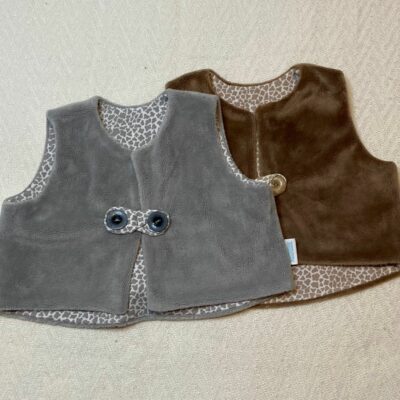Breastfeeding is a challenge. It is exciting, emotional but also demanding. For me, breastfeeding is a phenomenon, encompassing the state of mind, changes in the way of thinking and habits of the whole family. The woman and her partner have to cope with this new situation. They have had a baby and thus became parents. In a preferred option, they have started to think of themselves as parents before the baby came along. Nowadays everything can be turned on and off at any moment with the press of a button. Parenthood doesn’t work this way. Babies are not robots, controlled by the need to eat, defecate and sleep. A new mother should trust her instincts, seek advice from the experts and receive support from the family. Some associate breastfeeding with animal behaviour. Some consider it outdated. There are also those who consider it the sole source of nutrition for humans in the first 6 months of life. As a midwife and lactation advisor, I mostly think about my patient – the woman. She should feel safe in her relationship with the baby’s father, be adored and accepted, derive satisfaction from motherhood and providing her baby with nutrition. In order to accept the changes in her body, the woman needs to understand where they come from. The process of lactation is initiated by pregnancy hormones. Every woman, regardless of birthing method, should be able to breastfeed. Exceptions do happen sometimes. It’s best if breastfeeding capacity is assessed by a certified lactation advisor (not an ob-gyn without a relevant certificate). There are three factors which signal a proper lactation – breast enlargement during pregnancy, letting the baby suck within 4 hours from birth, and milk oversupply. Milk oversupply is a physiological state that should be considered a sign of good lactation. Between the 2nd and 4th day after birth, breasts should feel full and swollen. Sometimes this happens between the 5th and 6th day, if breastfeeding did not commence right after birth. As I said, this state is desirable. It shows that proper hormonal processes were initiated. Lactation is a game of hormones. Milk won’t make itself if you drink special teas or 4 litres of water. Breastfeeding is controlled by hormones which are secreted when the baby is at the breasts. The baby has to suck efficiently, to force the milk out. The mother’s body responds to the baby’s needs, unless the process is disturbed by stress hormones. Feeding mother should feel like a queen, sit comfortably, be sated and smiling. This is how you cope with milk oversupply. This and assistance of a hungry and cooperative baby, of course ☺. Women faced with milk oversupply may feel lost and uncertain. They need to understand that this is a transitional phase and something completely natural. Breasts get full and heavy, but shouldn’t hurt. Skin is tense and may feel much hotter on breasts than other body parts. Breasts should not be red or engorged. The baby should latch on and suck with ease. The flow of milk should not be obstructed. The mother should feel good and not be suffering from fever or pain. Both breasts should be full of milk, the supply should be distributed evenly. This state does not require healing or special medical treatment. Provision of help for the feeding mother constitutes of assessing if the baby sucks correctly and the mother believes in herself and her capacities. They used to say that lactation starts in your head. I say it starts in the pituitary gland. If the gland is stimulated by suction at the breasts, it will release lactation hormones. If it is blocked by mother’s stress hormones, the feeding will be disturbed.
A feeding mother:
Wears a smile on her face and feels secure in her role as a nutrition provider
celebrates the symptoms of a proper lactation (plentiful milk), for example with apple pie and favourite tea
feeds the baby every 2 hours, more often if she feels like it (at least 8 times a day)
may extract a few drops of milk by hand or pump to soften the nipple before feeding the baby (it will be easier to latch on)
may apply a hot compress pre-feeding and a cold compress post-feeding
may drink a cup of sage tea to limit milk production
makes sure the baby empties the breasts. If the baby is sated and breasts still feel full, the mother may extract the remaining milk by pump or hand to relieve herself.
In case of doubts she should consult a lactation advisor.
Monika Jodłowska,
midwife, Certified Lactation Advisor
+ 48 66 88 400 58






